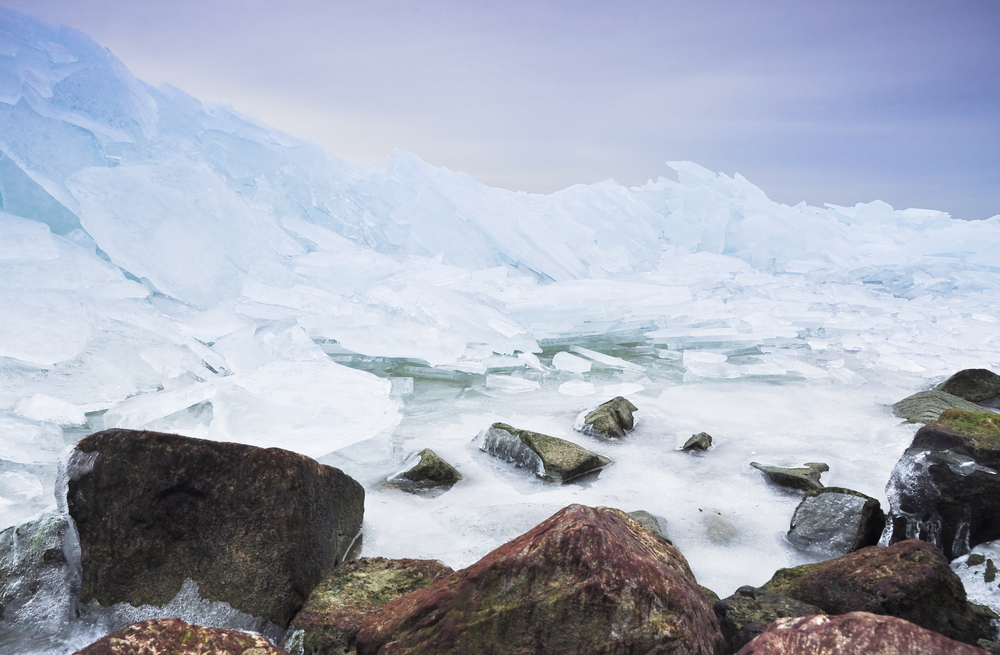Scientists still do not know exactly how many ice ages there were on Earth. We may be living in one of them right now. Last time he helped humanity to develop. How exactly? Anastasia Nikiforova, high-tech news editor, tells the main point.
The last ice age in the history of the Earth, as geologists today believe, began about 2.588 million years ago. Its main feature is that the area of glaciation and the temperature of the Earth’s surface throughout its entire length were not constant. Thus, glaciers advanced and retreated every 40,000 and 100,000 years, and these episodes were accompanied by sharp cooling and warming. The last period of warming began about 13,000 years ago and continues to this day.
How many ice ages were there on Earth?
The last of a dozen major glaciations (often known simply as the “Ice Age”) peaked about 18,000 years ago before giving way to the interglacial Holocene 11,700 years ago.
But if we are talking about global ice ages (or eras), then everything is more complicated. How many were there throughout the history of the Earth? At least five, possibly seven ice ages are known, starting with the Precambrian, in particular: 700 million years ago, 450 million years ago (Ordovician period), 300 million years ago – the Permian-Carboniferous glaciation, one of the largest ice ages that affected southern continents. The southern continents refers to the so-called Gondwana, an ancient supercontinent that included Antarctica, Australia, South America, India and Africa.
The most recent glaciation refers to the period in which we are living now.
So we’re living in an ice age right now?
No, rather, the Earth is currently experiencing an interglacial period within the framework of the Quaternary glaciation. The modern climate and natural environment were finally formed in the so-called Quaternary period – a stage in the geological history of the Earth, which began 2.588 million years ago and continues to this day. This period is characterized by the alternation of glacial and interglacial eras.
The ice age itself ends when the Earth heats up enough that the ice sheet recedes or disappears completely. Therefore, when the last glaciers on the planet melt, the Quaternary glaciation will officially end. Scientists at the University of California, Irvine have calculated that if all the glaciers melt, the water will rise 65 meters.
Ice ages are not always “cold”. During the entire period, there may be colder and warmer “episodes”. Colder periods lead to the formation of large areas of continental ice sheets, valley glaciers and sea ice, while warmer periods lead to a decrease in ice areas.
The Ice Age in the broadest sense, scientists call rather the Ice Age. The last of them (it is also called the Valdai, or the last glaciation) occurred in Europe during the Pleistocene or Quaternary Ice Age. Glaciation began about 110,000 years ago and ended around 9,700-9,600 years.
How does the ice age change the Earth?
The Ice Age is causing tremendous changes on the Earth’s surface. As glaciers move, they change the landscape, collecting rocks and soil and eroding hills, and their own weight puts pressure on the earth’s crust. As temperatures drop in areas adjacent to these ice cliffs, cold vegetation is transported to southern latitudes.
Also, a sharp drop in sea level leads to the fact that rivers form deeper valleys and huge lakes within the continents, and between them there are previously flooded land bridges. For example, the last glaciation caused the sea level to fall by 120 m after freezing.
What Causes the Ice Age?
Ice ages do not arise out of nowhere – it takes thousands of years for one to begin.









